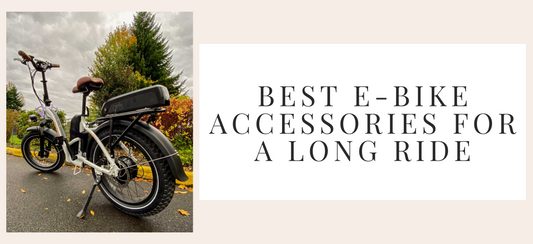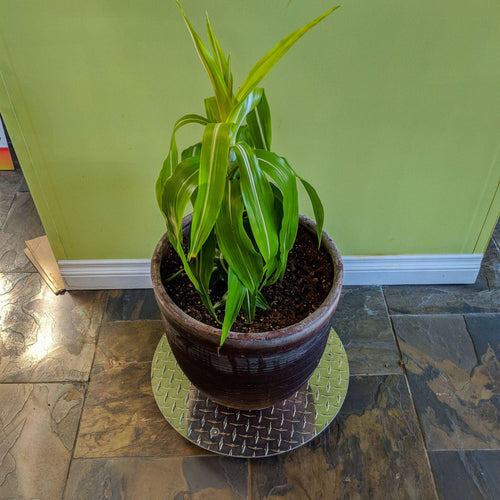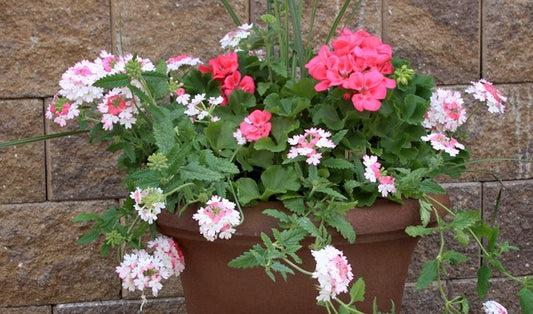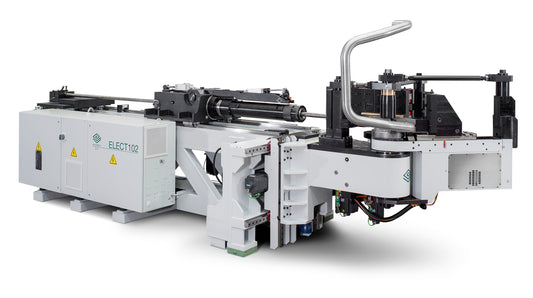1) Pick the Best Container.
Want a successful container garden? It all starts with the pot selection. Almost anything that holds soil can be used, but it must have drainage holes in the bottom. Drainage is critic to plant heath. The plants roots take in oxygen, so without adequate drainage of excess water, plants will drown. Most pots purchased from your garden nursery don’t have drain holes big enough to allow the water in the potting soil to drain freely. You can solve the drainage problem by drilling additional holes.
Beware of planter pots with attached saucers. Container with saucers attached are very convenient for catching waste water, but not for plants. The roots can take the water back up, which can cause salt damage.
2) Select your potting soil.
Now’s it’s time to fill up the container with potting soil. Potting soil isn’t dirt. Potting soil is a mixture of peat moss, pine bark and perlit or vermiculite. Peat moss has great moisture retaining qualities with good air space for healthy roots. Pine bark provides anchorage, and some moisture and fertilizer retention. It is slow to break down, extending the life of your potting mix. Perlite is bits of volcanic rock that adds more air space and lightens up the potting mix so it is not so dense and heavy. Dirt has a lot of other elements in it like sand, compost and clay. Sand provides anchorage, but it is dense and will make your planted pots heavy, especially when wet. Clay will clog up drainage holes in your container garden and prevent water drainage.
3) Choose what to plant.
When choosing plants for your container garden think of tall, medium, small and fall. Tall are your permanent plants. Choose something that that will stay green all year long and be easy to care for. Medium are your perennial plants or smaller scrubs. Small are your bright splashes of color that you will swap out often to provide high visual impact. Fall can also be small and are plants that spill down the sides of the pot. The best part of planting in containers is that you get to break all the spacing rules. Plant as many flowers as you can to make it look more like a flower arrangement. Fill your container garden it with color for a real show stopper.
4) Place container on "wheels"
Remember your drain holes? Your planter pots won’t drain if the holes are pressed to the ground, so raise them up for proper drainage. Even better, put them on rolling heavy duty plant caddies. Once filled with potting soil and plants, potted containers will quickly become very heavy. This is even more so when you start watering them to keep your plants alive. Heavy potted plants can become a problem if for some reason you need to move containers to another area to get better sunlight during the day or to clean your patio or porch space.
To save yourself from hurting your back or possibly damaging containers by dropping them or tipping them over, consider putting large, weighty container gardens on a heavy-duty plant caddy to make moving easier. Look for a robust, plant dolly made from durable materials that will not rust. Plastic caddies are cheaper but cannot withstand the elements as well. When moving heavy plants, a plant caddy with a recessed bottom will lower the center of gravity, while easy gliding wheels make moving even the heaviest pots a breeze!





